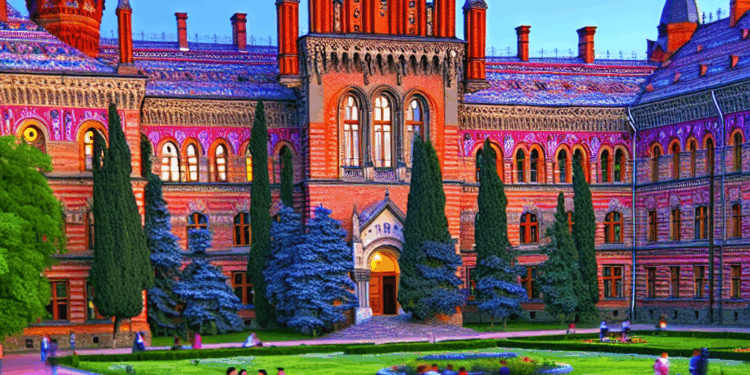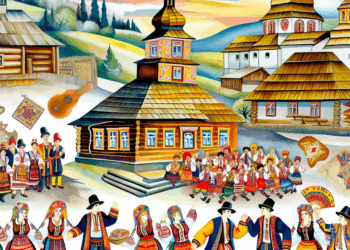Introduction
Chernivtsi, now the administrative centre of Chernivtsi Oblast in Ukraine, has a rich and multi-layered history, rich in cultural and ethnic interactions. The possibility of Chernivtsi’s return to Romania remains a topical and debated issue today. This is due not only to the historical roots and cultural identity of the region, but also to changes in the geopolitical situation in Eastern Europe.
Historical roots
Historical context
Chernivtsi has been part of various states throughout its history. In the XIII-XV centuries, the city was under the control of the Principality of Galicia-Volhynia, then fell under Polish influence. In the late 18th century, after the partitions of the Polish-Lithuanian Commonwealth, the territory of Bukovyna was annexed to the Austrian Empire, which significantly influenced the development of cultural and educational institutions.
In 1918, following the dissolution of the Austro-Hungarian Empire, Bukovina was annexed to Romania, and this period was a time of significant cultural and educational progress, including the establishment of the University of Czernowitz in 1875, which became one of the leading educational institutions in the region. This university, the epitome of Romanian architecture and heritage, became the centre of academic and cultural life.
However, as a result of World War II and subsequent territorial changes, the region was incorporated into the Soviet Union, and from 1991 became part of independent Ukraine.
Cultural connection
Heritage and identity
The cultural identity of Chernivtsi and the whole of Bukovina is deeply intertwined with the Romanian heritage. There are many UNESCO-protected architectural monuments in the city that recall Romanian culture – churches, neo-Romanian buildings. The presence of the Romanian language, traditions and customs has significantly shaped the identity of the region.
There are also cultural organisations and associations supporting Romanian culture among the local population. Of course, these aspects remain important for many residents of Chernivtsi, and their views on returning to Romania would be important to consider.
Experts’ opinions
The opinions of political scientists and historians are divided. Thus, some experts emphasise that the return of Chernivtsi to Romania is possible only in a historical perspective, when geopolitical conditions change. This opinion is supported by researchers of geopolitical processes, who point to the importance of the cultural connection between the two nations as a fundamental factor for future changes.
Other experts are more sceptical about this possible prospect, noting that contemporary realities, such as the integration processes of Ukraine and Romania into the European Union, may foster ties between the states on a different level than the rhetoric of territorial disputes.
Legal aspects
When considering the return of Chernivtsi to Romania, it is necessary to take into account international law and the principles of territorial integrity. The main piece of legislation in this context is the Charter of the United Nations, which emphasises the inviolability of the borders of participating states.
Thus, any territorial changes must go through legitimate political processes agreed upon by both sides and, more importantly, with the consent of the population. This means that should there be a desire to discuss the return of Chernivtsi, work with the local population and in-depth consideration of the legal aspects, including possible referendums, will be necessary.
Geopolitical aspects
Eastern European geopolitics
The geopolitical environment in Eastern Europe, especially after the events of 2014 and the subsequent Russian-Ukrainian war, has changed significantly. Many countries in the region, including Romania, have started to revise their foreign policy strategies, emphasising cooperation and security.
Experts point out that for Romania, the return of Chernivtsi to its fold would likely mean not only territorial gains, but also additional geopolitical challenges with Ukraine. With Ukraine’s aspirations for integration into Western Europe, the Romanian side should take these factors into account in its policy.
Conclusion
The prospects of Chernivtsi’s return to Romania are a complex and multifaceted issue. On the one hand, historical reasons, cultural heritage and identity of the local population provide a basis for discussing this scenario. On the other hand, legal and geopolitical realities dictate the necessity to comply with the principles of international law and respect for the territorial integrity of states.
Ultimately, the further development of the situation in the region will depend on the dynamics of relations between Ukraine and Romania, as well as on the willingness of both sides to build partnerships based on mutual interests and respect for historical justice. Chernivtsi remains not just a city with a rich heritage, but also a symbol of multifaceted ties that will determine the path of the nation for many years to come.








